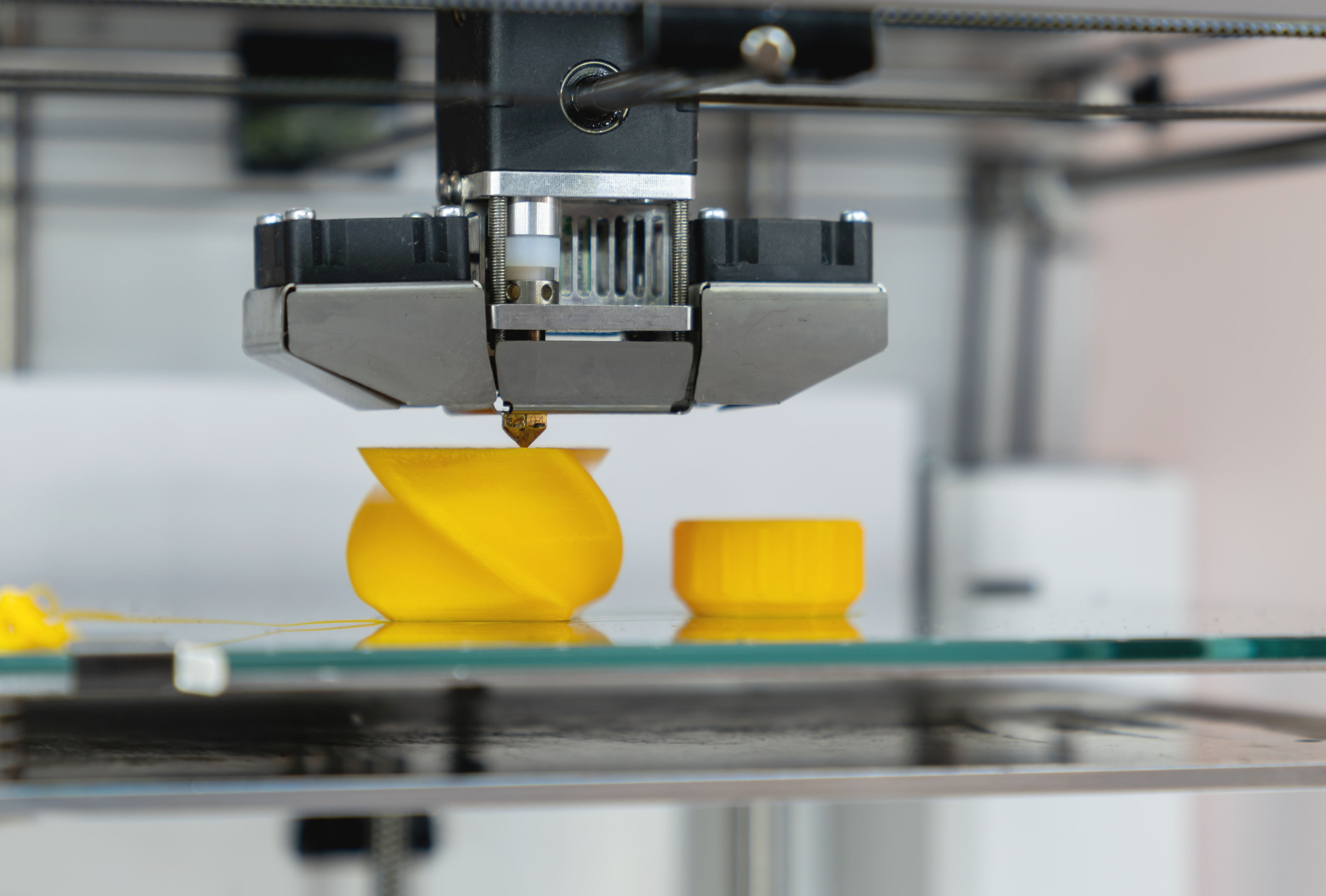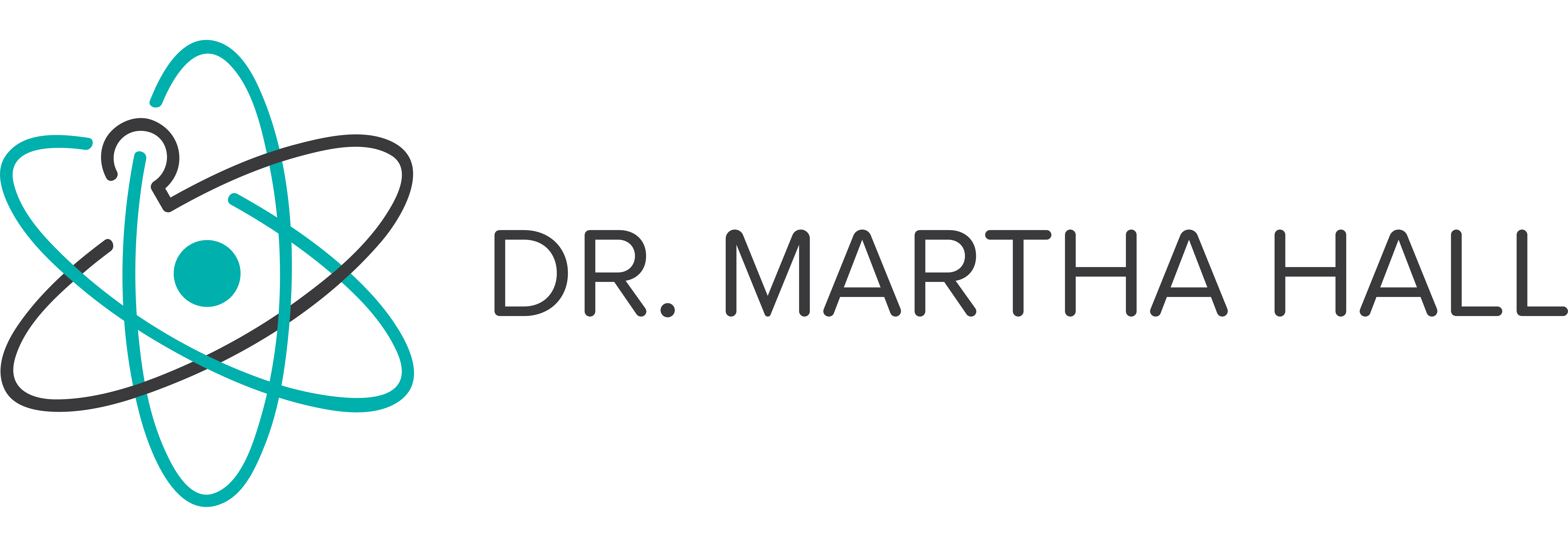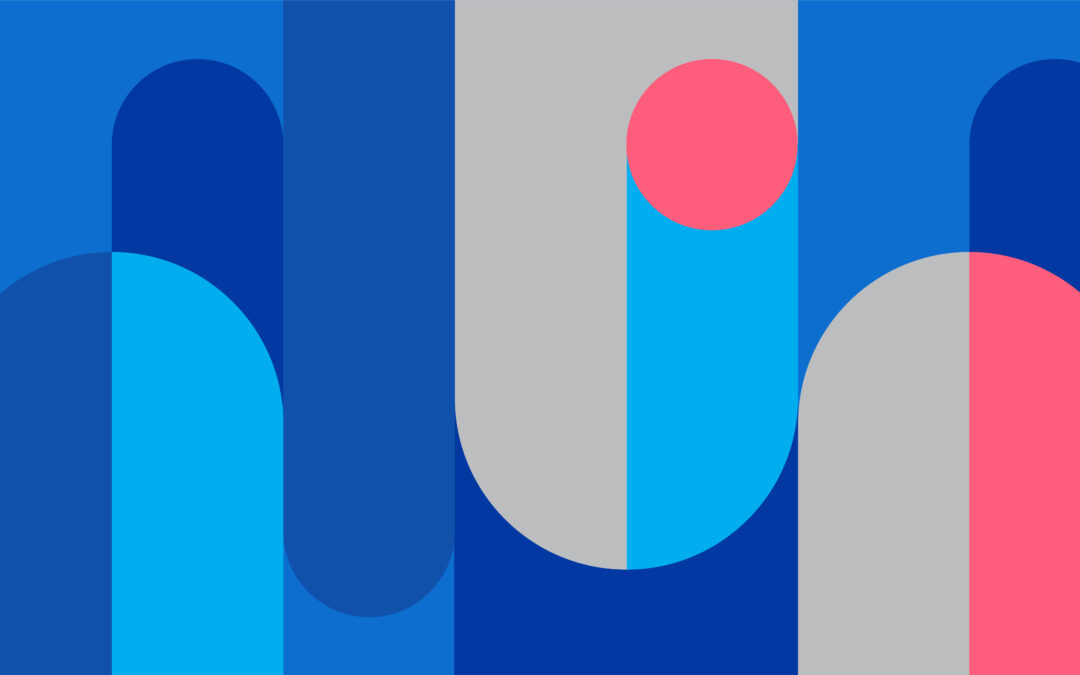In part 4 of our series, I’ll discuss one of my favorite phases of the whole process, the Prototyping stage.
My team and I utilize a system called Rapid Prototyping, which is a lot like what it sounds like: creating prototypes very quickly after coming up with an idea and building them roughly, valuing speed over perfection. It is innovation in action, where you can try out anything and really open up your mind to challenges in front of you.
Each step in the design process is critical, but prototyping is where the rubber meets the road, where you get to see the shape that all of your research and preparation take.
If you haven’t read parts 1,2,3, check them out first!
What it Is
Prototyping is creating what are essentially ‘rough drafts’ of what will ultimately become your wearable technology. Using rudimentary materials, you take the first steps towards a finished product. Seeing the prototype in three dimensions helps bring out flaws and inspires solutions.
After significant refinement, prototypes move into the testing phase. They are taken outside of the lab, scrutinized, and experienced by members of your eventual user group.
It’s convenient to think (and write) about the design process in terms of clean steps, one following the other, but the process is messy and even circular in reality. You may need to return to any previous action at any time if you discover gaps in your understanding, or the feedback you gather points you in a different direction.
How it Works
Rather than neatly ideating, recording your ideas, and starting to construct them, the prototyping process works in tandem with ideation. In ideation, you consider the inputs you have gathered and try to conceive of designs and features that meet your target group’s needs. I employ a system where you act upon these conceptions very quickly, almost prematurely. As soon as an idea starts to take shape and make sense, it’s time to get it in your hands and see it for its strengths and weaknesses.
Anything can work perfectly in your mind if you never commit it to reality. You really won’t know what will truly serve your purposes or not without trying them out. So, the first step is really taking those metrics and constraints you’ve established in your ideation session and moving into this building process. Being free in that building process will take you farther and enable more extraordinary innovations than thinking and considering can.
Build, build, build!
It’s so important to embrace building without hesitation, with the knowledge that it’s not going to be beautiful the first time around, and it may not even be successful the fifth or sixth time around. That’s all part of trying to create something and get it right. If you don’t let yourself get your hands dirty and really get in there and start seeing what’s possible, you’re just going to stay stymied in the ether of what’s potentially possible.
In my lab, we don’t try to start with the coolest technology or the coolest materials. We have 3D printers and other fancy technology, which come later, but we almost always begin low tech. We have Legos in the lab; we use paper, cardboard, old clothes, and other commonplace materials.
Using anything that we can get our hands on helps open possibilities and keeps our attempts low stakes. It is crucial to keep a positive outlook and learn from mistakes, rather than getting discouraged, during prototyping.
5F™ Framework
Like Empathy, the 5F Framework is an ever-present concept in every part of my design work. If you haven’t read about the 5F Framework, you can read in more detail here.
Briefly, the 5F Framework breaks down into Fit, Fashion, Fabric, Fasteners, and Function. These are the components that make up any given wearable, and the considerations surrounding them define our work.
Throughout the process, we need to be asking ourselves, are we hitting the mark on each of these components? What is the fabric we’re going to use, and what are its properties? Will it hold up to the forces it will be put under? Will it be comfortable to the wearer? And the fasteners we’ve chosen; can our user group manipulate them easily? Are there too many? Are they located in difficult to reach places?
The Framework and questions like these keep us focused on our end-user, even as we let our minds run free.

Why it Works
Virtually all design processes involve building initial conceptual models or functional first attempts. Rapid Prototyping, along with the tweaks and techniques I have picked up through experience, is particularly good at producing desired results.
Design can bring out a few very human impulses that can impede progress and prevent a designer from really producing the best work they can.
Intimidation Factor
When I work with new students, this major intimidation factor is often simply starting to prototype. The students tend to want to stay in the ideation stage forever, where their designs are still safe in the theoretical.
Before taking your idea out of your head and off the paper, your design can seem perfect. Many people are hesitant to crack open that façade and investigate their concepts. It’s reasonable and natural to have this hesitancy, but I always want to stifle that impulse as best I can. I instruct my students to dive right into prototyping, and ultimately, they love the vulnerability, excitement, and creativity.
I’ve found that people can talk themselves into or out of anything. It’s not until we start building that we really know if anything’s viable or feasible.
Attachment
Beyond a trepidation to see the flaws in your design, the longer a designer sits with an idea, the more precious that idea becomes.
The idea can become almost like a child, making it difficult to let it go. When you build that idea up in your mind to this heightened level of significance, and the prototype doesn’t live up to expectations, the results can be incredibly discouraging.
Quickly pushing through to prototyping can help prevent designers from growing this attachment, and if their design doesn’t work out, they are more ready to start on the next one.
Challenges
One of the biggest challenges with these methods is, at the most basic level, to adhere to them. This system mitigates many different problems, and it’s proven very successful. However, overcoming the urge to ideate forever and getting discouraged at failure is difficult. Once you get moving in this process, designers and students usually understand the benefits but getting moving in the first place is undoubtedly an obstacle. It’s hard to adopt and maintain, and I still struggle with it.
Going through the prototyping process and being okay with things not working and okay with things not turning out the way you thought they’d be is difficult, no matter what. There’s always that part of me that hopes it will be this magical product the first time around. But sticking to the process is the key.
Another obstacle we come up against is just how easy it is to run away with an engaging, innovative solution that doesn’t meet the needs you’ve identified. It’s a challenge to keep your goals at the forefront of your mind and design, while still thinking outside the box and innovating.
Conclusion
I love my work, and I love to meet my subjects and ideate solutions. But prototyping is a very special part of the process. It’s so fun and exciting! I am always amazed by all the kinds of brilliant ideas my team comes up with.
The next installment of our Design Process Series is all about Testing, where we put our work into real-life situations to see how it holds up! You can subscribe to my blog below. Thanks for reading!

